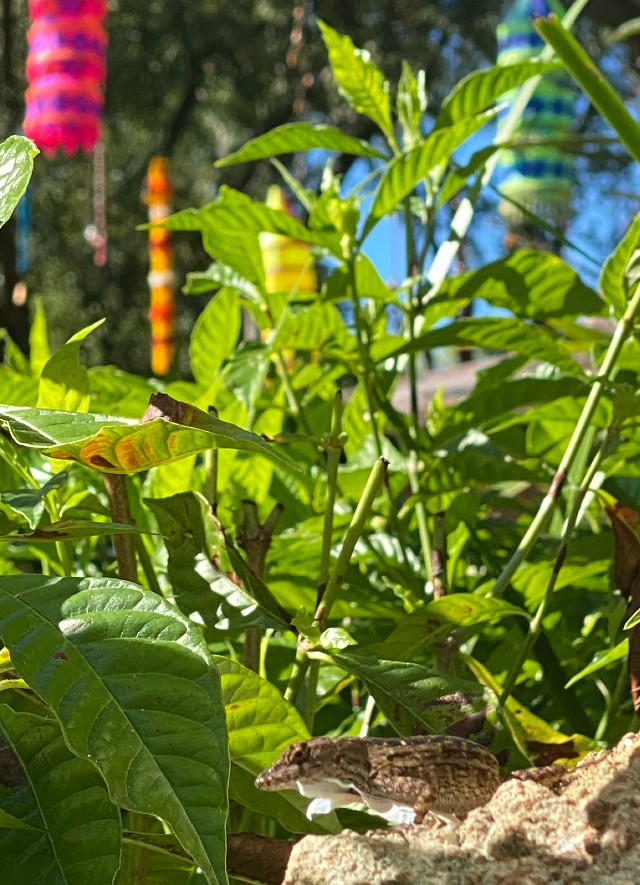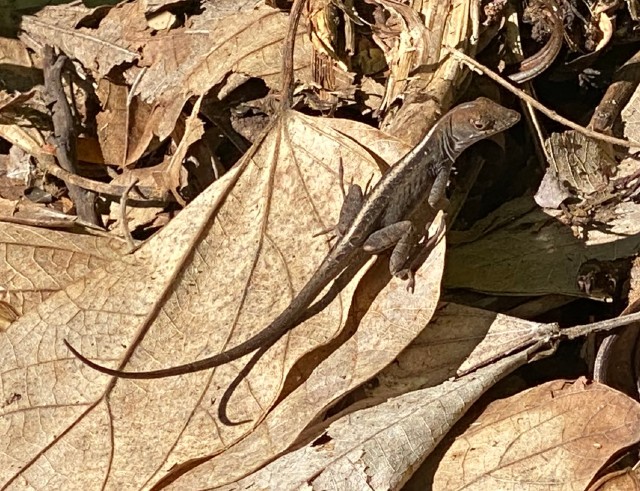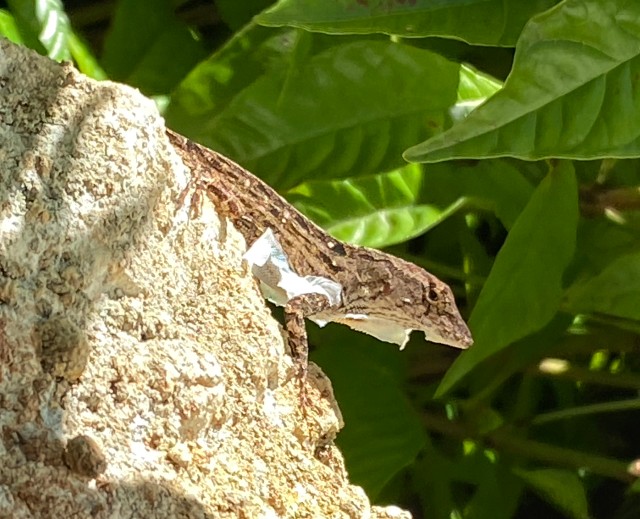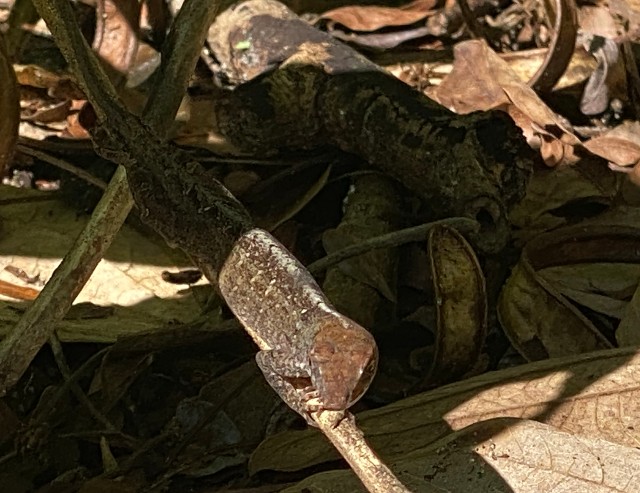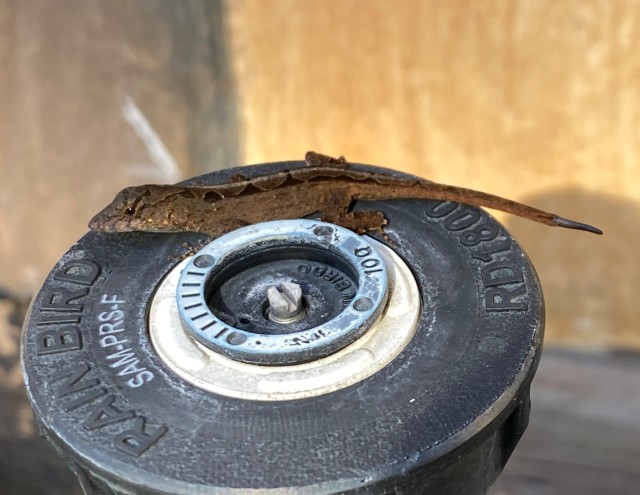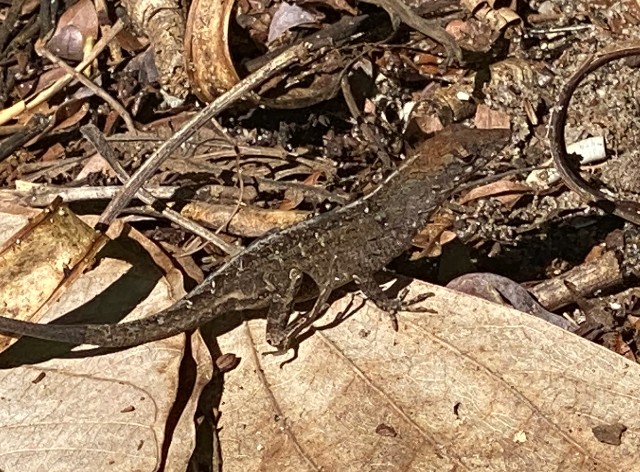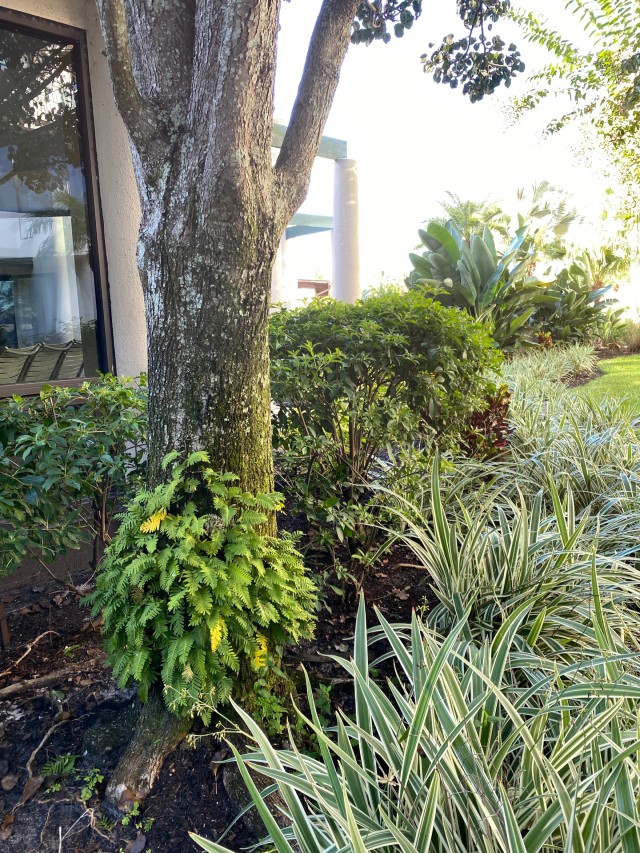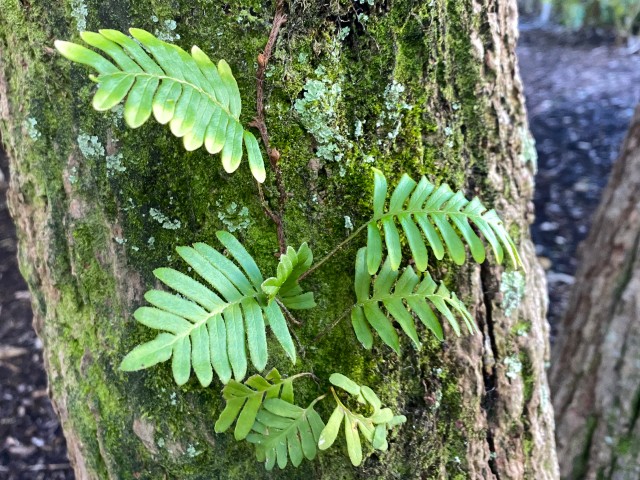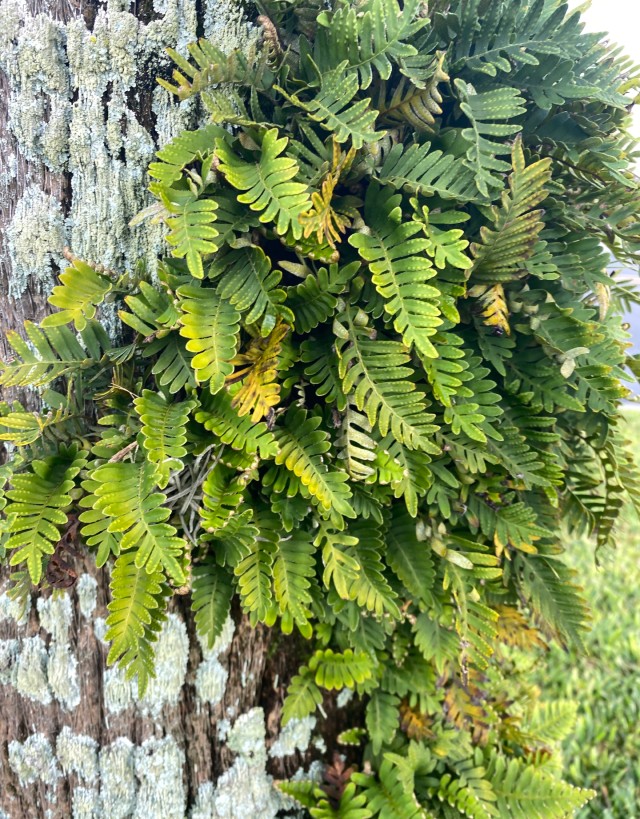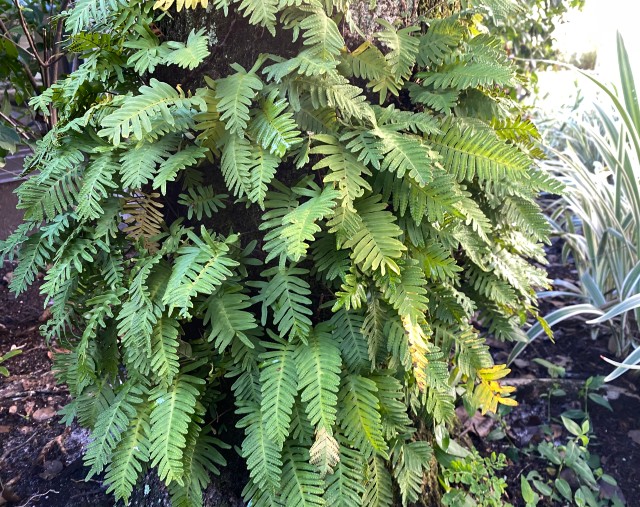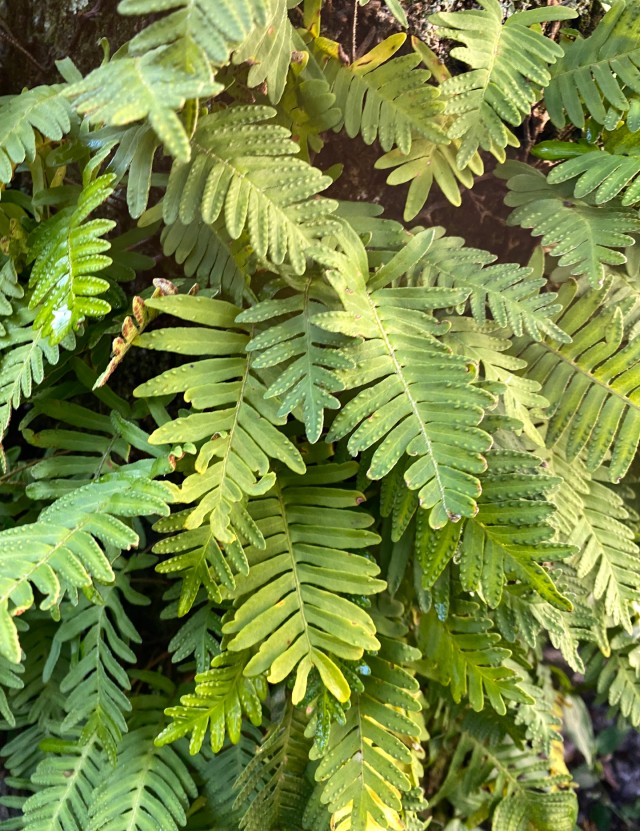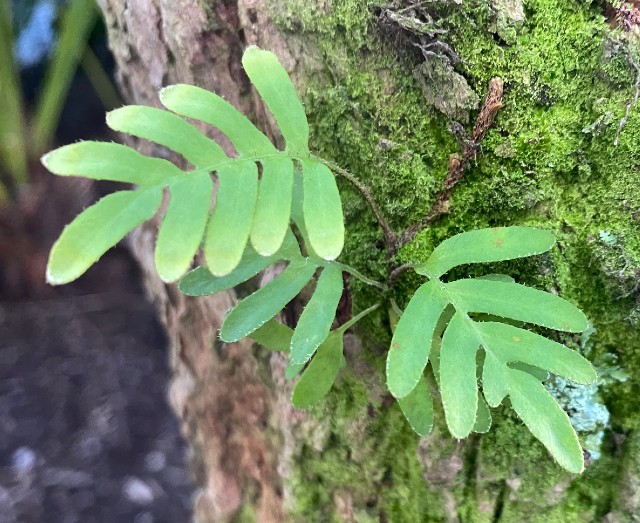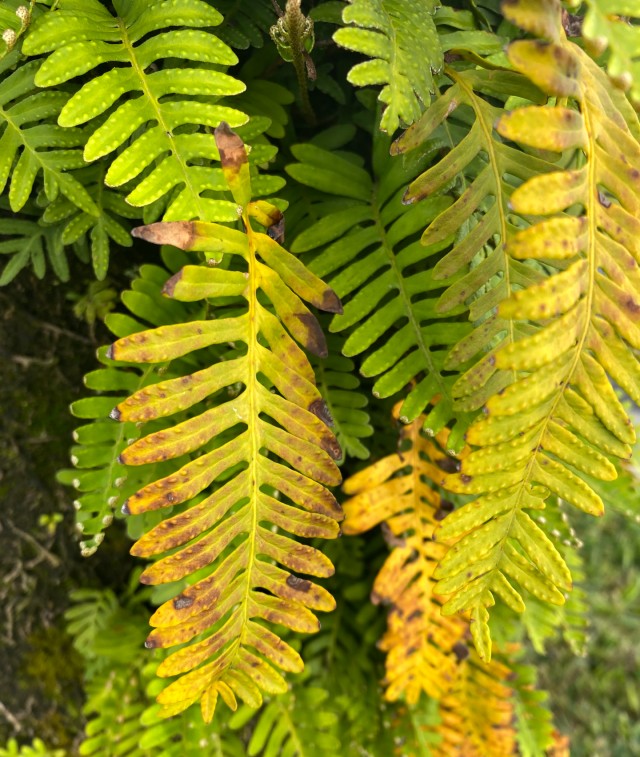While visiting Disney Parks in Orlando, I’d occasionally notice these small reptiles, usually hanging out near vegetation. These lizards feed on small arthropods such as crickets, moths, ants, grasshoppers, cockroaches, beetles, flies, butterflies and spiders.
This species was introduced in southern Florida from the Caribbean decades ago. Since then, it has been slowly expanding northward and is now firmly established not only in Florida, but also in some areas of coastal and southern Georgia.
The Brown Anole is normally a light brown color with darker brown to black markings on its back, and several tan colored lines on its sides. Like other anoles, it can change color – usually to another shade of brown or black.
Its coloration allows it to easily blend in with its surroundings, making it difficult for predators to spot. The Brown Anole has a detachable tail, so if grabbed by a predator, the broken tail can allow the lizard to escape. The tail grows back afterwards, albeit smaller and duller in color.
The Brown Anole tends to live on the ground, avoiding trees and preferring to live in smaller plants and shrubs. It is found in both urban and suburban areas. When the weather is warm, it can be found basking. When it is cold, it prefers sheltered areas, like under rocks or under the bark of trees.
At an adult size of only 5 to 9 inches in total length, it has a wide range of mammal, bird and reptile predators. Despite the extensive list of creatures that want to eat it, this lizard’s alertness and speed make it very difficult to capture.

